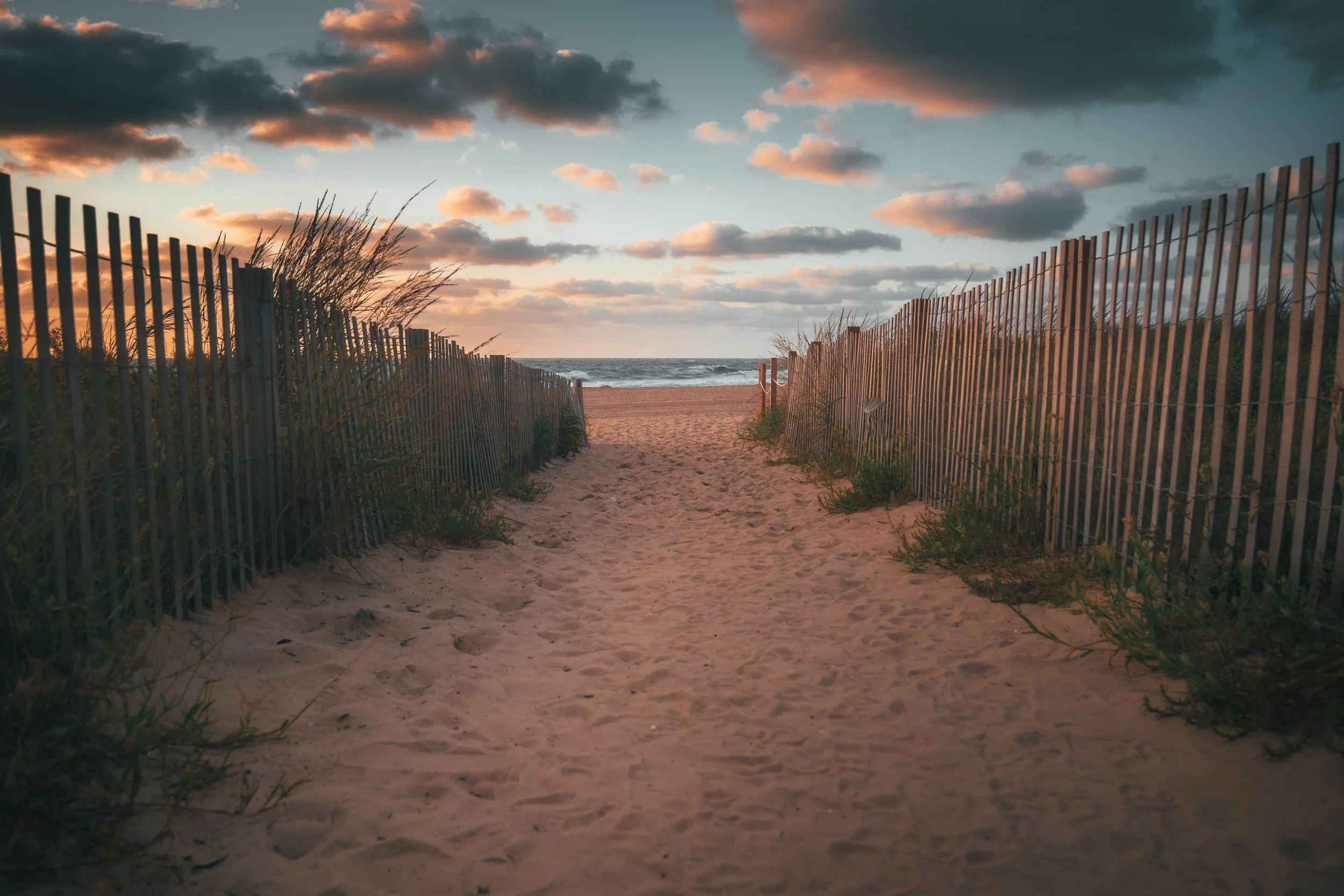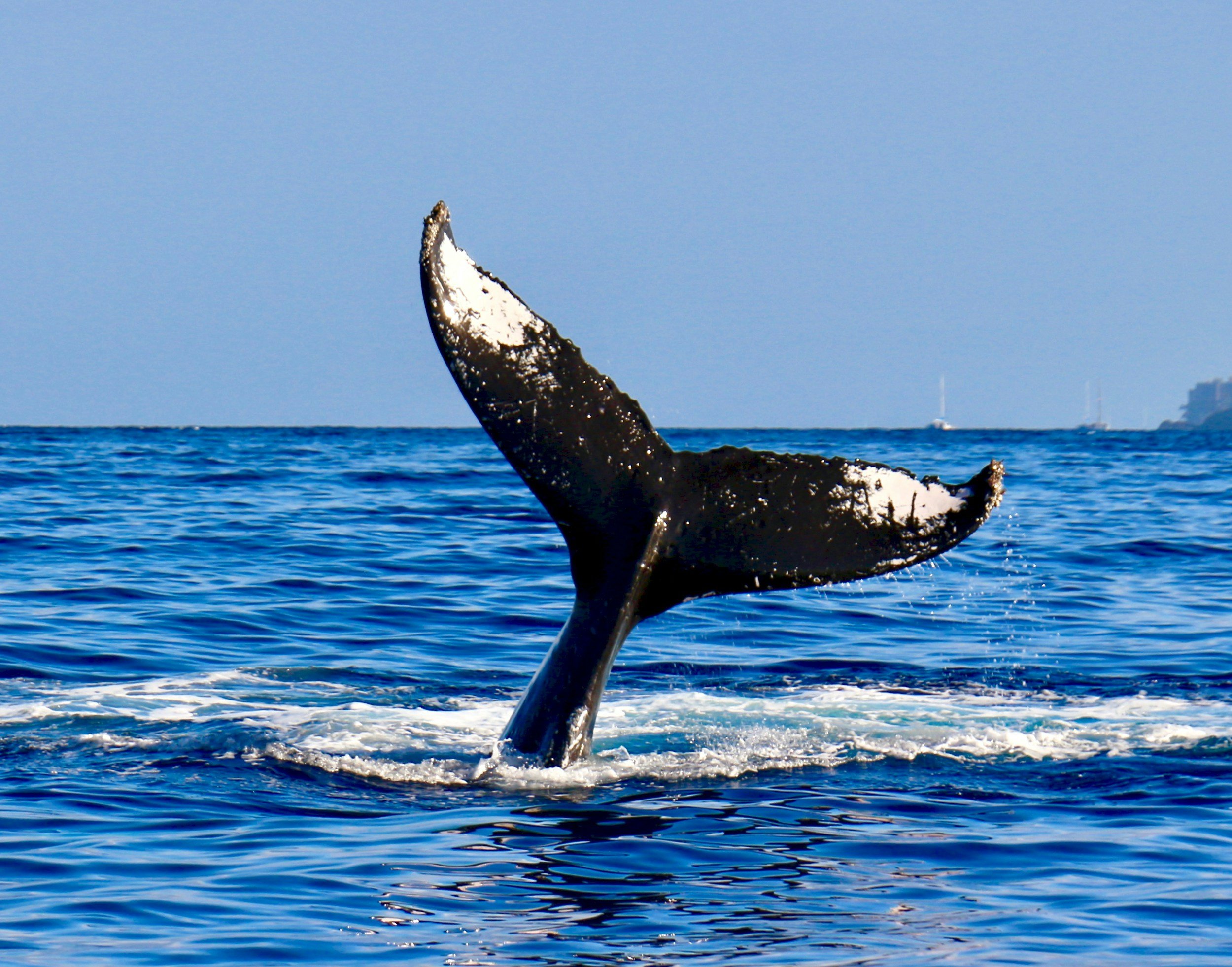
Save Ocean City
Protect Ocean City and Maryland’s Eastern Shore
Increasingly severe weather is causing expensive and damaging flooding in Ocean City, Maryland, and surrounding areas, with the potential for millions in lost tourist revenue. Saltwater from flooding is already destroying local farmlands, costing farmers millions and damaging the land for years to come. Increased flooding is also damaging homes and small businesses.
You may have heard a lot of disinformation about offshore wind in Maryland. We’re here to give you the facts.
Remember, the biggest threat to our future—to our homes, our businesses, our tourism, our wildlife— is continued reliance on polluting fossil fuels. Offshore wind is expected to generate significant renewable energy—enough to power 750,000 homes on the Delmarva Peninsula —and help Maryland meet its ambitious greenhouse gas emissions targets.
Developing a strong offshore wind industry, with hundreds of good-paying jobs, will help build a thriving Maryland economy for future generations.
Learn the facts.
“Exactly zero whale deaths have been attributed to noise from offshore wind.”

The Facts About Offshore Wind
Offshore wind development and construction is not harming whales and dolphins. The largest share of identifiable causes of death—40 percent—are fatal ship-strike injuries and fishing net entanglement, while exactly zero whale deaths have been attributed to noise from offshore wind surveys. Climate change is also affecting whale migration patterns, putting them in harm’s way.
No turbine array has ever negatively impacted tourism or property values. Instead, offshore wind turbines have been shown over and over to be tourist attractions. (“Britain’s offshore wind farms attract tourists,” The Economist, Jan. 2023).
The Scroby Sands Wind Farm in the United Kingdom, for example, attracts more than 35,000 annual visitors.
In Germany, 29,000 people per year —almost three times the number of people who visited the onshore information center— visited the Offshore-Windenergie turbines aboard the exhibition ship “MS Greundiek.”
A study of the effects on tourism of the Block Island Wind Farm in Rhode Island showed a significant increase in nightly reservations, occupancy rates, and monthly revenues for AirBnb properties in Block Island during the peak tourism months of July and August.
“Any potential fishery losses resulting from wind energy development will be quite small compared with those that will occur as a result of climate change, further emphasizing the need for a clean energy transition.” (“The Truth About Offshore Wind: Busting Oil Money Myths and Misinformation,” American Progress, June 6, 2023.)
Climate change is expected to adversely impact approximately half of 82 species of fish and invertebrates studied (Hare et al. 2016) and many species are already changing their distribution in response to warming waters. (Real Offshore Wind)
In addition, offshore wind turbines can act as artificial reefs that attract fish, potentially helping the fishing industry.
The fishing industry plays an important role in the U.S. economy. Offshore wind development offers a low-carbon source of electricity for the nation, but it is essential that both benefits and costs are considered in mitigating negative impacts.
Offshore win turbines kill “only a fraction as many birds as are killed by house cats, buildings, or even the fossil fuel operations that wind farms replace.” (“Do wind turbines kill birds?,” MIT Climate Portal.) Songbirds migrate at altitudes of 2,000-3,000 feet within 10 miles of shore off Maryland’s coast. Pelagic species and sea duck avoidance by simply flying around turbines has been well-documented over the 30-year history of the industry in Europe. These species also fly near the sea surface well below turbine blades.
Generating electricity via renewable energy can help reduce the impact of the environmental changes that result in extreme weather, like extreme flooding and saltwater intrusion that leaves sodium deposits devastating to crop growth.
Farms on Maryland's Eastern Shore are suffering from increased flooding from sea-level rise causing significant saltwater intrusion.. The whole Delmarva Peninsula is experiencing sea level rise at three times the global average, threatening people's homes, businesses, and tourist destinations such as Ocean City with severe flooding.
Kate Tully, an agroecologist at the University of Maryland, found that in the six years from 2011-2017, 20,000 farmable acres in the peninsula had already been transformed into marshland. Tidal surges of saltwater are killing crops and farmland, and wrecking livelihoods.
Many national NGOs support offshore wind energy production in the Mid-Atlantic Region, including the National Audubon Society, American Bird Conservancy, National Wildlife Federation, Maryland LCV, Interfaith Partners for the Chesapeake, Greenpeace, and the Natural Resources Defense Council.
Offshore wind turbines will be visible if they are closer than 40 miles away. But how visible? A picture is worth a thousand words. Here is a simulation from the Bureau of Ocean Energy Management (BOEM).
Read the Visual Impact Assessment.
This is a typical view from Ocean City’s shore during high summer (from “US Wind Time Lapse Video Visual Simulation,” BOEM.)
